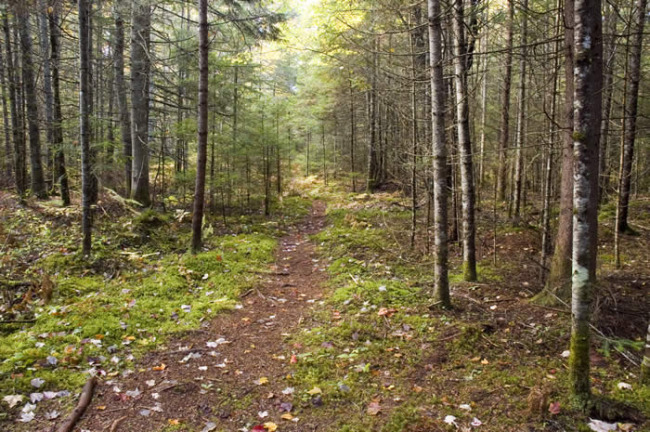
I always like to have a fire when it's cold and snowy, but Warmists disagree.
Pine, spruce, hemlock, and fir make excellent firewood. With their pitch content, they may burn hotter and quicker than hardwoods, but they produce plenty of good heat and light. They produce no more chimney creosote than anything else, and probably less.
Firs and pines are most of what they burn out West.
While everybody needs to have a well-used chimney cleaned regularly, creosote accumulates in a chimney mainly from wood with high water content. In other words, "green wood" which has not had 6-12 months to shed its water content by sitting outdoors, or has not been "kiln-dried" like the expensive stuff in stores. Green pine wood is no more problematic than green maple, according to the experts. Ideally, give all wood some time to dry out to minimize creosote build-up.
A second cause of creosote build-up (we are not talking about ash build-up in the chimney, just the greasy creosote) is probably smoldering fires. The hotter the fire, the less likely that creosote will find time to condense and attach somewhere in your chimney. Creosote is, to some extent, water-soluble and thus condenses as it moves up to the cooler parts of the upper chimney.
The problem with creosote is chimney fires. Readers know that I've had a few, and it is not fun. If you are far from a fire station, it can burn your house down by either sparking the roof or penetrating the flue. People like me who burn wood indiscriminately - any wood from any tree, green or aged - must deal with the creosote issue with creosote fighters. Chimney sweeps cannot remove the grease, but chemicals can. I also enjoy quiety smoldering fires rather than dramatic blazes, so I do everything wrong.
Details on the firewood topic here.
Details on creosote oils here. Some creosote oils are what preserves and gives flavor to smoked meats. I remember painting fence posts with creosote as a lad, with my Dad. I don't think people do that anymore but it is a good and cheap wood preservative.
Here's a good piece on dangerous creosote and wood stoves.


